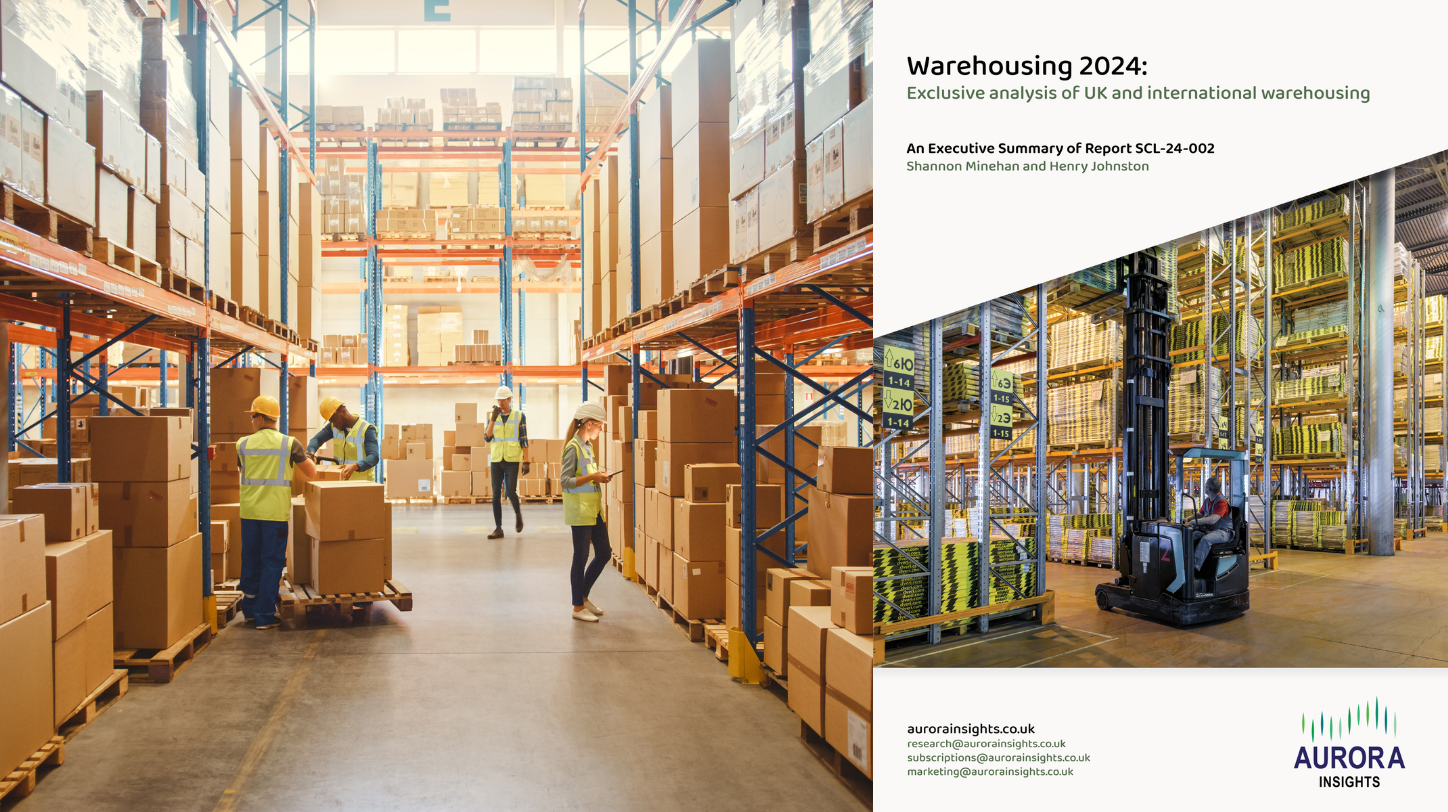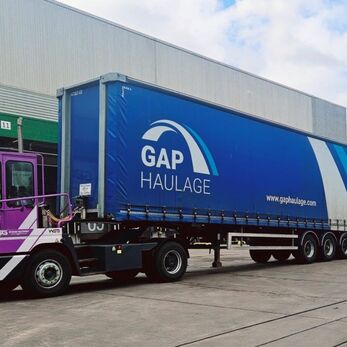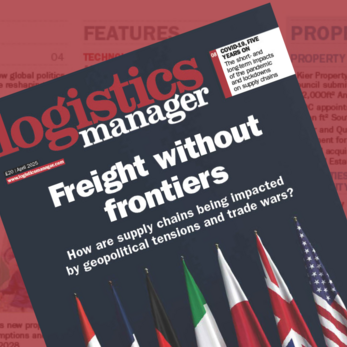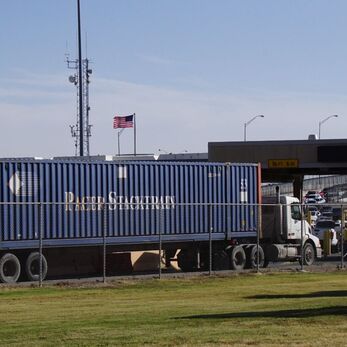Logistics Manager presents the executive summary for “Warehousing 2024: exclusive analysis of UK and international warehousing”, an Aurora Insights report by senior research associate Shannon Minehan and research assistant Henry Johnston.
To get in touch with the Aurora Insights team, contact [email protected].
Introduction
Warehousing is an essential part of the supply chain, used for stock management, meeting customer demands, and fulfilling supply orders efficiently. It is also a rapidly growing industry, has substantial economic impact, and has led to notable technological advancements. Thus, given its importance, it remains pertinent that any challenges arising in this industry are addressed as quickly and efficiently as possible. This paper analyses the challenges most commonly experienced within the warehousing industry, both in the United Kingdom and internationally. It also assesses the latest technologies and solutions being used to resolve these challenges, and explores the benefits companies encounter when these challenges are overcome.
Background and existing literature
Warehouses are an integral part of the supply chain, essential for companies to process, house, organise, and structure their products before distribution (Across Logistics, 2023). Integral to move goods from suppliers to buyers, they contribute significantly to economic activities, contributing £29.5 billion GBP in total turnover in the UK and $86.1 billion USD in the USA in 2023 alone (Ibisworld, 2023; Imarc Group, n.d.). Furthermore, the industry is rapidly growing, with the number of UK warehouses doubling over the last decade (ONS, 2022). Because of the importance of this, extensive research has been conducted into recurring challenges encountered within the warehousing industry. We identify several of these in existing literature.
Space constraints are a major challenge in the warehousing industry, with 29% of warehousing professionals reporting the challenge in 2022 (Saddle Creek Logistics Services, n.d.). If not managed correctly, this can lead to warehouse overflow, and create disorganisation, clutter, and the impediment of warehouse operational efficiency (Hillen, 2024).
Inefficient or inaccurate picking processes are another frequent challenge. If picking is performed in a suboptimal manner, errors can occur which exacerbate space constraints. Poor internal routing systems further contribute to this challenge, and can lead to increases in dead stock, again minimising space capacity and, in turn, the ability of a warehouse to meet product supply and demand (Burinskiene, 2010; Clark, 2023; Lanza et al., 2023).
Furthermore, warehouse efficiency is also identified as a major challenge in existing literature. Warehouse inefficiency can impact logistics operations, planning, the speed at which a warehouse can complete orders, and thus profit (Saleheen et al., 2014). These issues can be further exacerbated by picking inaccuracy and poor stock management (Schneider, 2023).
Worker efficiency is another recurring challenge for the warehousing sector. If warehousing managers don’t address factors such as labour unrest, industrial relations, productivity, theft, and unexpected demands, warehouses may face challenges regarding customer service and delivery expectations (Saleheen et al., 2014). Warehouse managers must also consider worker health and safety and employee turnover.
The managing of delivery fleets and vehicle routing problems are also great challenges for warehouses. Warehouses must meet fluctuating demands and procure goods from around the world, presenting a great logistics challenge. This can also lead to sustainability concerns, particularly relating to increased waste and emissions.
We identify several technologies utilised in the literature to address these challenges. Technologies include autonomous mobile robots (AMRs), light detection and ranging (LiDAR), 3D cameras, collaborative robots (cobots), automation, drones or micro aerial vehicles (MAVs), warehouse management systems (WMS), artificial intelligence (AI), and digital twins. Each of these were used in some capacity to address the recurring challenges previously outlined.
Data
For our analysis of warehousing trends, we use a novel data set constructed from 54 case studies of warehousing projects. For each case study, we manually collected data, gathering information on the challenges projects sought to improve, the solutions implemented, technologies employed, and benefits reaped.
Overall, our sample consisted of 54 projects involving 93 companies. On average, around two companies were involved per project. Approximately 42% of our sample were end-users, and 58% were suppliers. Just under 80% of companies involved had 250 or more employees, and 89% were headquartered in the UK. Approximately 23% of our sample operated in the logistics industry, with another 14% each from the retail and freight sectors. The majority of projects took one to two years to implement.
Trends in challenges
We identified five key challenges within our warehousing population:
- Over half of the sample reported challenges pertaining to low sustainability, particularly with respect to high emissions and high waste.
- Around 45% of the sample reported low visibility to be a recurring challenge encountered within their operations. Primarily, warehouses struggled with being able to locate goods at any point along the supply chain and divert or transport them to wherever they needed to go as quickly and as efficiently as possible.
- Just under 40% reported issues because of no or poor data. This meant companies were unable to identify challenges, both occurring and potential, and rectify them.
- A third of the sample struggled with inefficiency in their processes. This can lead to poor and non-optimal operations, decreasing the speed with which goods can be moved around. This in turn can increase costs and decrease profit.
- Finally, around 30% of the sample struggled with time-consuming processes. Again, this slows down productivity, raising costs and lowering profit.
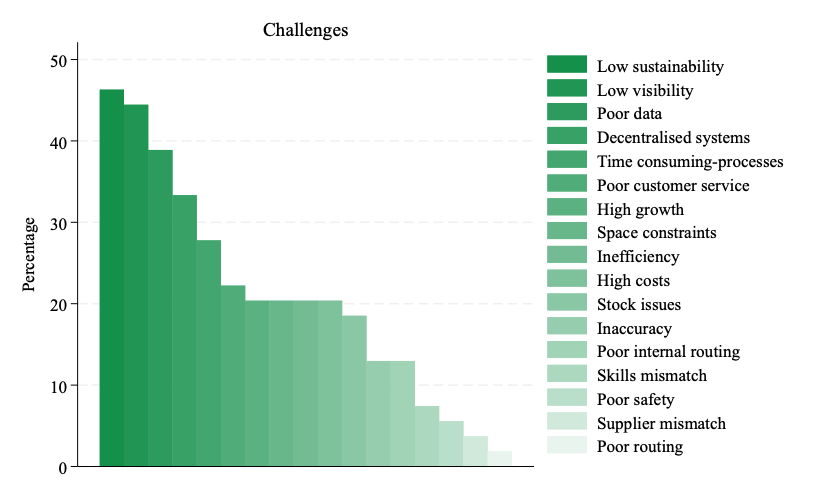
Trends in technologies and solutions
We also identified several trends in the solutions and technologies applied to address the aforementioned challenges highlighted within the warehousing industry. We found over half of our sample used data analytics to identify and address existing and potential challenges within their business. Further to this, just under 30% of the sample invested in automation. This enabled them to address challenges regarding worker safety, time-consuming processes, and inefficiency. Additionally, 28% of the sample used innovation to resolve their issues, while around a quarter used artificial intelligence. Finally, approximately 22% used enterprise resource planning tools to streamline and centralise their operations.
To improve sustainability, solutions fell into one of two categories. Firstly, companies could reduce their emissions or, secondly, they could reduce their waste. The most common method employed within the sample to reduce emissions was fleet modification, while the most common method warehouses used to reduce waste was improving their recycling habits.
Trends in benefits
Companies reaped a plethora of benefits from addressing warehousing challenges. Two thirds of the sample increased their efficiency, while just over 60% improved their sustainability. Over half improved the quality and quantity of data collected, approximately 52% improved their supply chain visibility, and just under half experienced improved customer satisfaction. Each of these benefits in turn led to more benefits, namely increased performance and profit.
Conclusion
In conclusion, to ensure supply chains operate efficiently and optimally, it remains essential that warehouses address challenges that have the potential to massively disrupt supply chains. Our paper finds data collection and analysis, and technological developments help warehouses accomplish this goal.
Click here to purchase the full report.
About Aurora Insights
Aurora Insights is an intelligence and consulting division of the UK’s leading B2B events and publishing company, Akabo Media. Launched in 2023, the business provides research reports and bespoke research offerings supported by ever-growing archives of data collected through the host of events, conferences and exhibitions run by Akabo Media.
To learn more, visit the Aurora Insights website.

